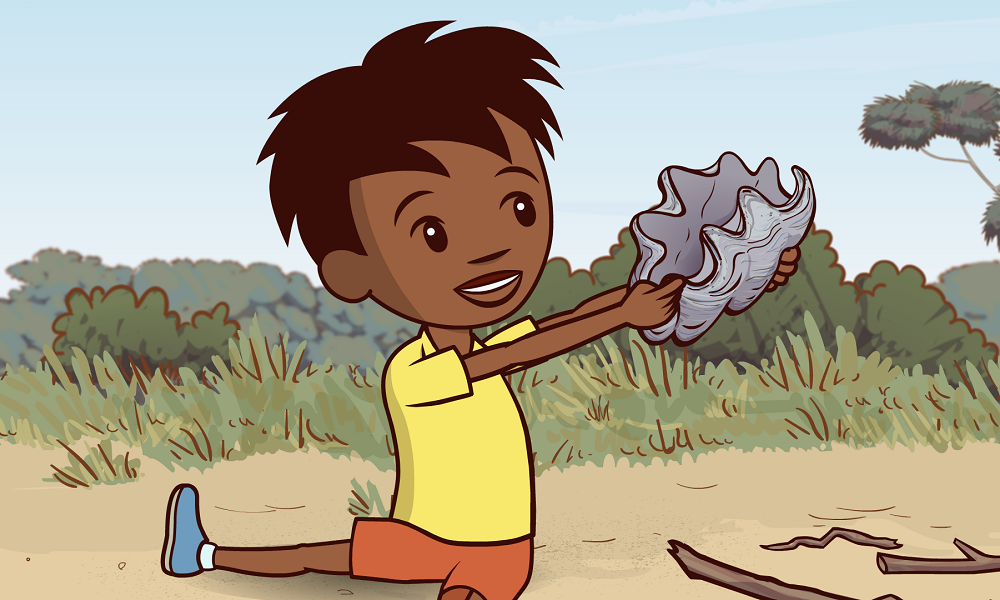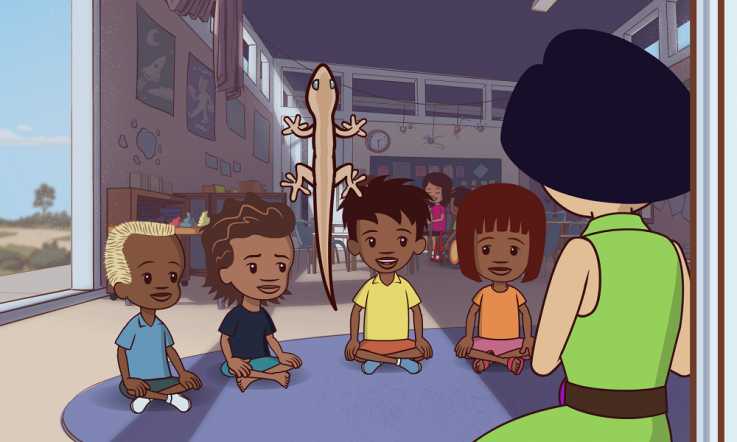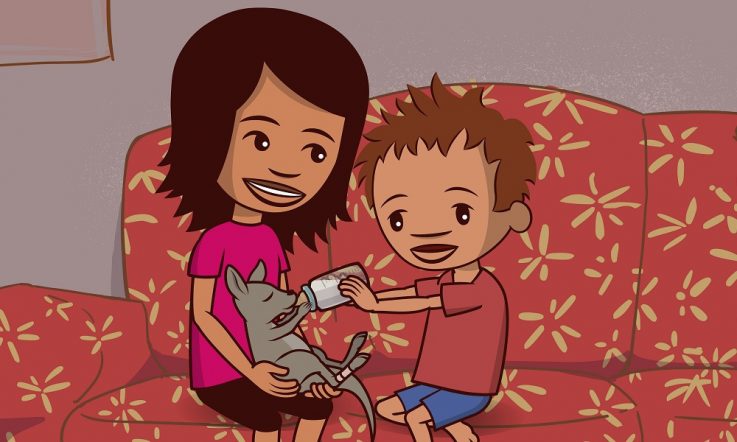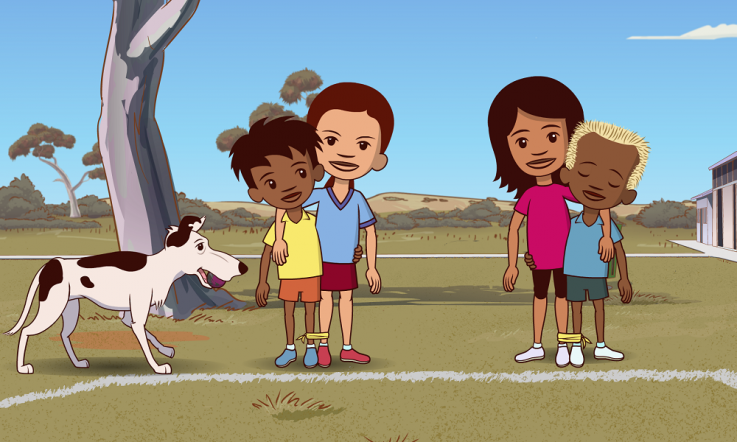Little J & Big Cuz is an animated children's series that follows two Aboriginal children who live with their nanna and lovable dog. The 13 episodes explore the unfamiliar world of school and how, with the help of their teacher Miss Chen, Little J and Big Cuz navigate their first years of school life. In this regular blog, Miss Chen will be sharing some of the F-2 resources she's been using in her classroom, which are all available to download for free via the Little J & Big Cuz website.
Hi, my name is Miss Chen and I am a primary school teacher. Teaching is one of my greatest passions in life. In fact, my goal is to have my students enjoy school as much as I do! I'm the only teacher in my school so I have to work hard to ensure my F-2 program is dynamic and based around the children's interests.
While my father was born in South East Asia, my mother's family have been in Australia for generations. My mum taught me a lot about the land and the importance of Aboriginal culture but I still have lots to learn, which is why I love working closely with Indigenous elders and other families in my community.
On this blog I'll be sharing some of the exciting resources I've been using in my classroom that are all free to download on the Little J & Big Cuz educator resource page.
In today's activity, my Foundation students learn more about the ocean in their Science lessons.
Our school is situated only a short walk away from the beach, which provides a wonderful opportunity to take students out on Country to explore the world around them.
Today we're learning all about the ocean in Foundation Science. I'm aiming to build on the students' inquiry skills by getting them to pose and respond to questions about objects they find familiar on the beach, and have them participate in guided investigations using their senses.
We began the lesson by reading the story There's a sea in my bedroom together as a class.
I then initiated a class discussion where I asked them to identify the common elements of the beach topography, such as the things under the sea, on top of the sea, beside the sea and above the sea. We made a big, long list of all the things we could think of. Given the students live close to the beach environment, it was something they could all relate to. They have spent a lot of time with their families at the beach and understand that the sea environment is more than what you see when you stand on the seashore.
As a group, we walked down to the local beach for our next activity. I provided the students with a sheet of paper divided into four bands. Each band represented a dimension of the beach. The students were required to draw what they would see in each band and name the objects they drew. It was something they thoroughly enjoyed, particularly as they wandered through the small rock pools that had formed along the coastline. In there they found small crabs and bits of seaweed.
To finish off the lesson we returned to class to share stories of how the families use the ocean as a source of food and the respect they show for Country. Our learning today out on Country invited us to reflect on the sustainability practices Aboriginal and Torres Strait Islander families use for sea and beach environments.
The resource mentioned in this blog post is directly related to Little J & Big Cuz Episode 4 ‘Right under your nose’. It is recommended that your students view the episode before engaging in the activities listed in the resource.
Visit the Little J & Big Cuz website to view the full suite of resources for each episode in the series.



